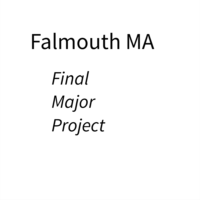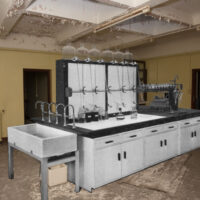In this week’s reflection I will consider the following questions:
-
How can a publication help your work reach an audience?
-
How much do you think you should be enticing the reader with good design?
-
Would you agree that your reader 'completes' the publication?
-
How could you exhibit your publication?
Storytelling is at the core of my practice and I consider exhibitions and publications as the primary surfaces of viewing for my audience. Publications allow me to reach a geographically dispersed audience that would require multiple exhibitions if that was the only surface for sharing. Alternatively, I would share my work through digital channels yet that would require me to give up too much control on the format of viewing based on size of screens and their associated quality. A physical publication allows the author to control more elements of the viewing experience. The size of the images, sequence, associated material that is not possible via the digital media. In the Photobook: A History Volume 1 Parr includes a quote from John Gossage (Parr and Badger, 2014, p.7) that describes the book as a world that contains great photographs and the design of the book complements its content and there is a desire to read the book many times. This sure something to aspire to achieve when creating photobooks. I would like to think I am on a journeythat will allow me to master those different elements.
Good design is an important part of the any publication. A well-designed publication can add to the sensory experience and can provide additional visual cues that help extend and expand the information communicated to the reader. Jack Latham when designing his book “Sugar Paper Theories” based the design of the books on the Icelandic Polices note books including selecting the same type of paper. Another example is the Mark Power book “26 Different Endings” which is a series of pictures taken just off London A-Z map close to the M25 which prompted the designer to use the motorway font for the text in the book.

When creating the 3rd book dummy for my project I decided to arrange the title to have a tap silhouette. I do not consider graphic design to be a strengthen and therefore I would look to engage a graphic designer as part of the book publication team. Though I would incorporate some of those design cue into the exhibition to help create continuity between the surfaces of exhibition and publication.
Storytelling is about disseminating information to an audience in publication terms if a book does not have any readers then they that is the same as having a story that remains untold. The photobook can be viewed as a form of visual storytelling. In William Eggleston book Guide there is an Essay by John Szarkowski where he considers the work of Eggleston but the Essay can be viewed in a broader context as a commentary on photobooks more broadly ((Eggleston and Szarkowski, 2014, p. 12) “..it is difficult to conceive of a picture that does not in some sense describe life.” and when combined with the thoughts of (Parr and Badger, 2014, p.7) as a photobook author as akin to the film director telling their story that we can consider the photographers photobook as metaphor for a visual story.
As mentioned earlier for my practice I intend to share my work through twin surfaces of publication and exhibition. I therefore intend to use those two surfaces in a complementary manner. A softback version of the publication could act as an exhibition catalogue for solo exhibitions and be sold during exhibitions. While a hardback version would be positioned as a collector’s version of the story for photobook collectors. Another mechanism for distribution would be via specialist photo and art fairs. To allow the audience to gain access to the publications outside of exhibitions and fairs, I plan to setup a bookstore on my website to sell my publications. I will consider making use of social media to help market the different publications.
References
- Parr, M. and Badger, G. (2014). The photobook. London: Phaidon.
- Power, M. (2007). 26 different endings. Brighton: Photoworks.
- Eggleston, W. and Szarkowski, J. (2014). William Eggleston’s Guide. New York: Museum of Modern Art.



